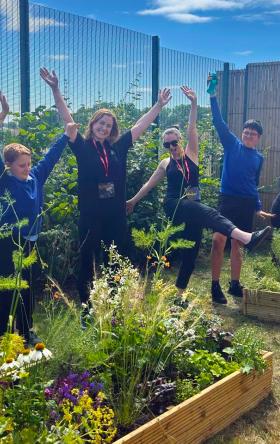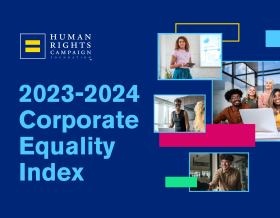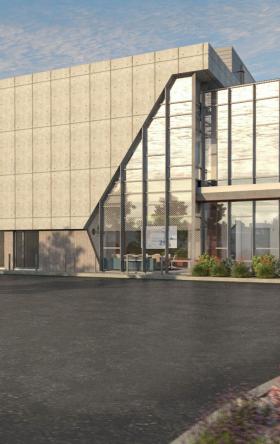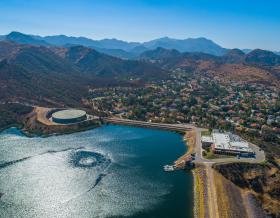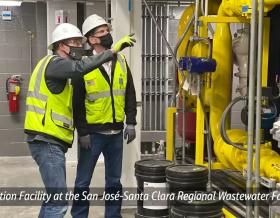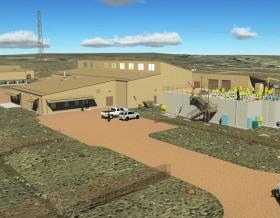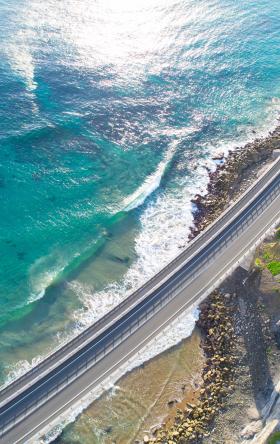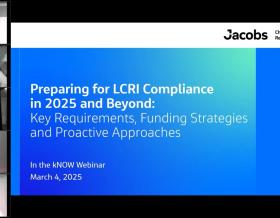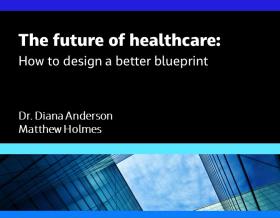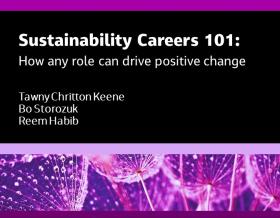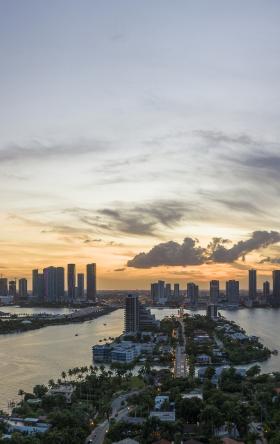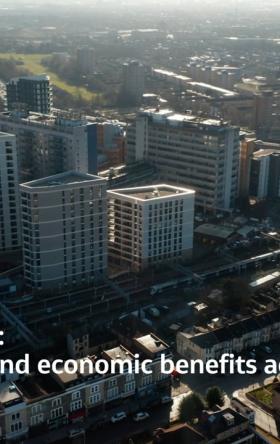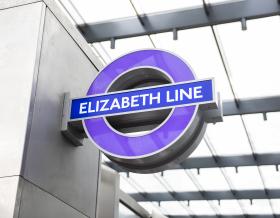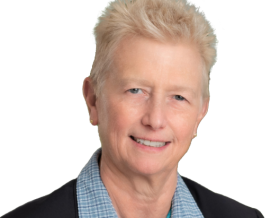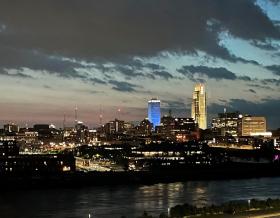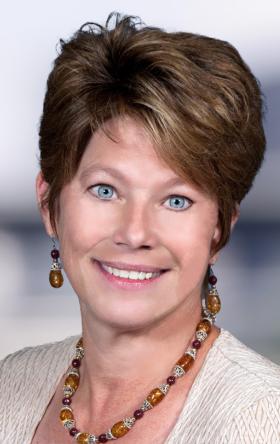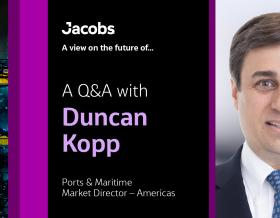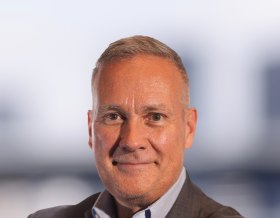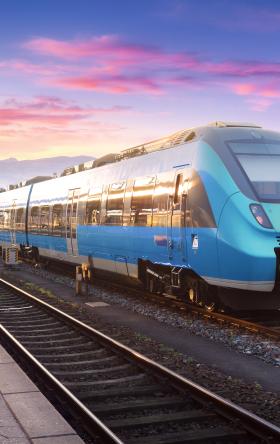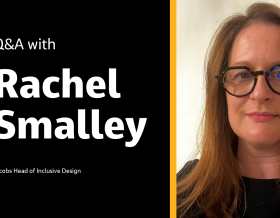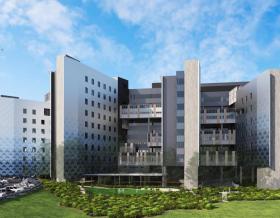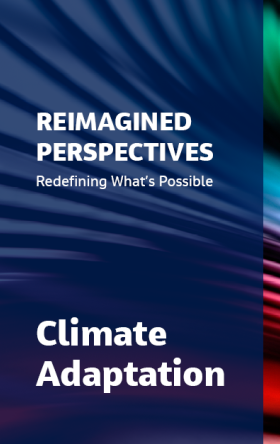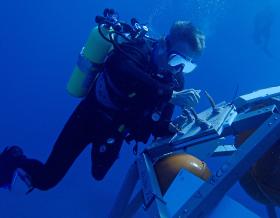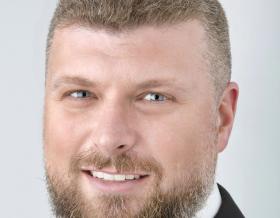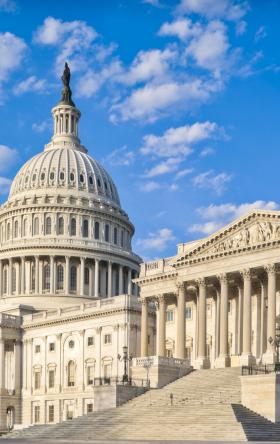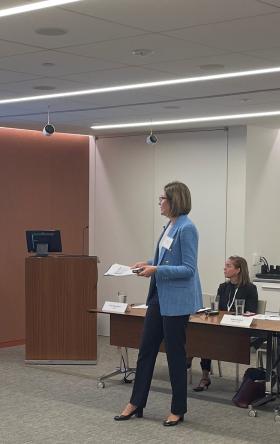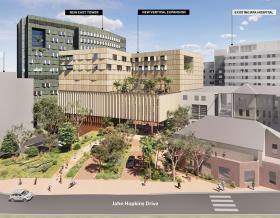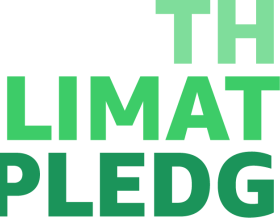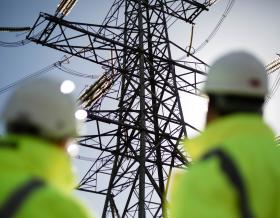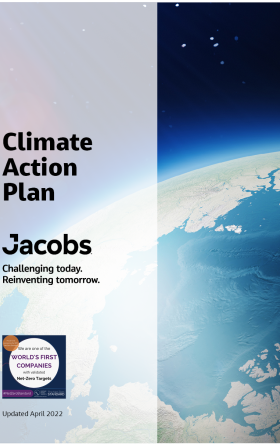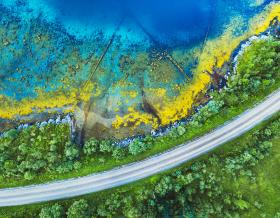Meet Susannah Kerr
Arlington, Virginia, U.S.
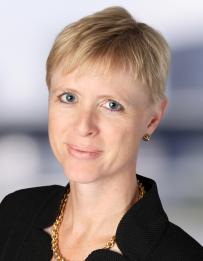
From advising military and government leaders on mission-critical projects, to leading a 3,800+ person-strong global business unit, there’s no challenge too great for Susannah Kerr.
As the Executive Vice President and General Manager of Jacobs’ Federal and Environment business, Susannah comes with more than three decades of experience in operations and business development. She’s known for her “partnership-first” style and in building high-performing teams through a culture of empowerment and a united purpose, focused on building the foundation for a better future for communities around the world.
Susannah spent her childhood in New York City. Through exploring and navigating the city, she found her calling for designing sustainable and resilient infrastructure. After moving to Boston and earning three degrees from the Massachusetts Institute of Technology (MIT), she pursued a career leading major transit, water and infrastructure programs while developing key leadership skills that allowed her to shape the Federal & Environment team into the global business it is today.
“Cultivating partnerships and relationships is essential to success, not only with our clients but with our supply chain and small businesses within the communities that we serve. The key ingredient is trust – building it, earning it and maintaining it so we can deliver and succeed over and over again with our clients.”
Get to know Susannah
-
30 +
years of industry experience
-
3.8 K+
employees in Susannah’s organization
-
3
degrees earned from MIT
-
6
countries visited in 2024 supporting mission-critical projects
Tell us about your career journey.
I grew up in New York City where I spent a lot of time navigating the city streets and transit systems to move around, using Central Park as my “back yard” and visiting museums as my “after school.” What fascinated me most though was the urban infrastructure and the efficiency of city living. Eventually, my love for math and art led me to Boston to pursue architecture and then city planning at MIT.
After finishing my undergraduate degree, I chose to stay in Boston, and was fortunate to get exposed to part of the “Big Dig” program— one of the most challenging and notable infrastructure programs in the U.S. It was when I was reviewing the accessibility of construction phasing plans for a portion near South Station that I then realized and appreciated that people actually designed things I had taken for granted growing up in NYC like crossing the street and where to put a bus stop. This realization lit a spark in me, that enabled me to fully leverage my time when I went back to MIT for graduate school and chose to focus upon public infrastructure programs by getting degrees in architecture and city planning.
About 20 years ago, I became more involved in sustainability, specifically for the transit industry, and developed guidelines and training courses that went beyond green building design to address social and economic aspects. Throughout that period, I worked with transit organizations globally and began working again on major infrastructure programs. When I started on the Anacostia Waterfront Initiative, I moved to Washington, DC where I became more connected with the government side of programs.
These combined experiences helped me develop a programmatic mindset – which has been an invaluable skill when it comes to leading teams and driving mission-critical projects. About seven years ago, after Jacobs acquired CH2M, I was asked to help establish the new federal and environment team. This was an intriguing opportunity because I love working with and building teams of people and have always enjoyed working at both national and global scales. I also appreciated the challenge of learning a different part of the business and seeing how that programmatic mindset could apply to setting up a new business line. It has been a true priviledge to be part of the F&E team and our year over year growth story.
Since then, I’ve served as project executive for several large federal projects and continue building our experience with programs and design-build. And with the launch of our 2025 strategy, I’m excited about the future possibilities for expanding our portfolio and growing our team.
What are the biggest infrastructure challenges facing our national security and defense clients today?
One of the biggest threats facing our national security and defense clients is aging infrastructure. Without updating critical infrastructure, leveraging the latest technology and future-proofing facilities and installations, governments are more vulnerable to a variety of threats, from environmental impacts to cyberattacks.
Addressing critical infrastructure challenges is further complicated as we see mounting pressure to do more with fewer resources. Tight budgets and rising demands require cost-effective, forward-looking infrastructure projects. It’s about balancing today’s needs with future sustainability and security while also addressing environmental and cyber threats risks.
When working with our clients, we’re looking at the entire ecosystem. This means simultaneously thinking about energy security, environmental impact, and long-term resilience rather than tackling these challenges separately. An essential part of the solution is having a programmatic mindset and that requires a combination of cross-training and cross-collaboration. We need to work more globally and holistically to deliver solutions.
Why are the projects you work on so important for clients and communities?
The projects we tackle are crucial because they shape the future for both our clients and the communities they serve. It’s not just about constructing a building or fixing a road; it’s about creating solutions that have a lasting impact. For instance, when we look at how pervasive per- and polyfluoroalkyl substances (PFAS) and other emerging contaminants are and the devastating impact they have on our environment, it’s our responsibility and privilege as a solutions provider to do the work we do best and help our clients to focus on protecting and serving the communities we live in. So, when you put it in the context of providing a safe, resilient and efficient environment, each project we deliver has a ripple effect, giving a sense of purpose to everyone involved and creating a real sense of partnership and shared ownership.
You serve on a variety of boards and organizations such as the Washington Board of Trade, the National Defense Industrial Association, the U.S. Chamber of Commerce. Why are partnerships in organizations like these so important to Jacobs?
These partnerships are essential to knowledge-sharing and building meaningful relationships that elevate the industry and serve as a conduit to the federal government. Many of these organizations are comprised of cross-sections of different businesses and are an open forum for government clients to engage in these discussions. There are several industry-specific partnerships that are important because we can learn about where we may have the same pressure points — whether it's through staff development and retention or doing work in other countries.
This past summer, I had the opportunity to attend the Ukraine Recovery Conference in Berlin, Germany with other leaders across governments, businesses, financial institutions, and international organizations to discuss the reconstruction effort in Ukraine. We examined ways we can leverage a programmatic approach to address the immediate and long-term infrastructure and environmental health needs. Ultimately this experience emphasized that anytime we’re responding to a major event or global crisis at this scale, it cannot be done in a vacuum. When working with government entities, it’s the cross-pollination and strong collaboration with other businesses that drive change.
What are the key ingredients to building relationships with other organizations to deliver mission-critical solutions?
Trust and time. You build trust by being authentic, curious and engaged. Trust is also about getting outside your comfort zone, learning about other parts of the business and industry, and following through with your commitments. And it takes time to make a genuine effort to connect and partner with small businesses in the community. We do this through formal events like small business conferences, but it’s also through more hands-on activities like peer collaboration and mentoring programs.
After a recent conference with the Washington Board of Trades, I met several peers from different backgrounds. We had a good connection at the event and since then we’ve had periodic lunches to learn more from each other. This has been a great experience to discuss a range of topics and understand how they’re approaching things to see if there are any ideas we can use for our teams.
These traits — trust, time and continuous learning — are essential to both professional and personal relationships.
When you aren’t working, what are we most likely to find you doing?
I enjoy spending time with family and friends, traveling and experiencing different cultures. I also love being outside no matter the season – whether it's skiing, going on hikes or spending time out and about in Washington D.C, visiting museums and exploring parts of the city.
